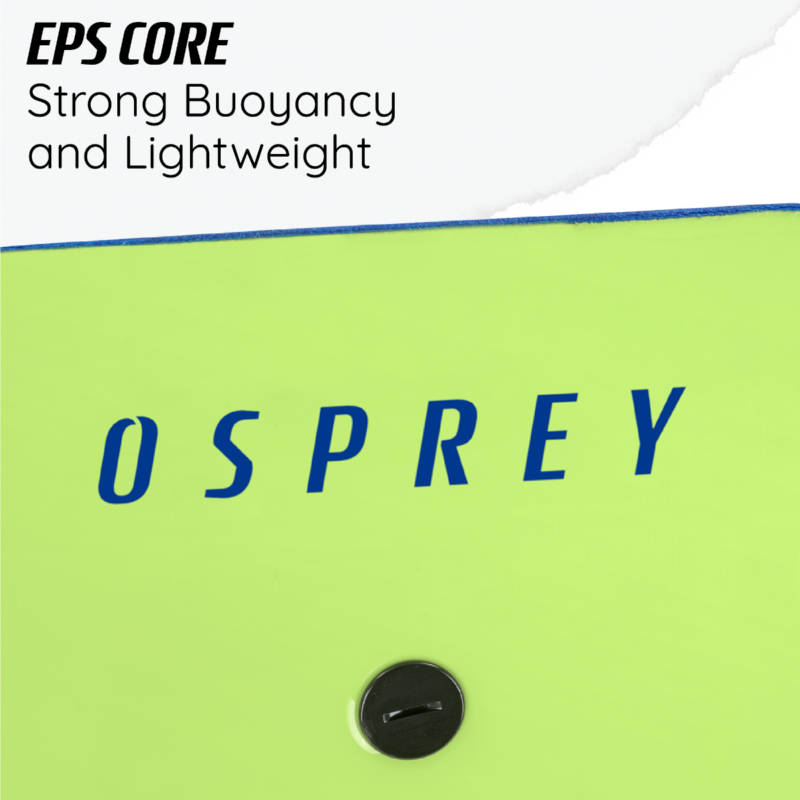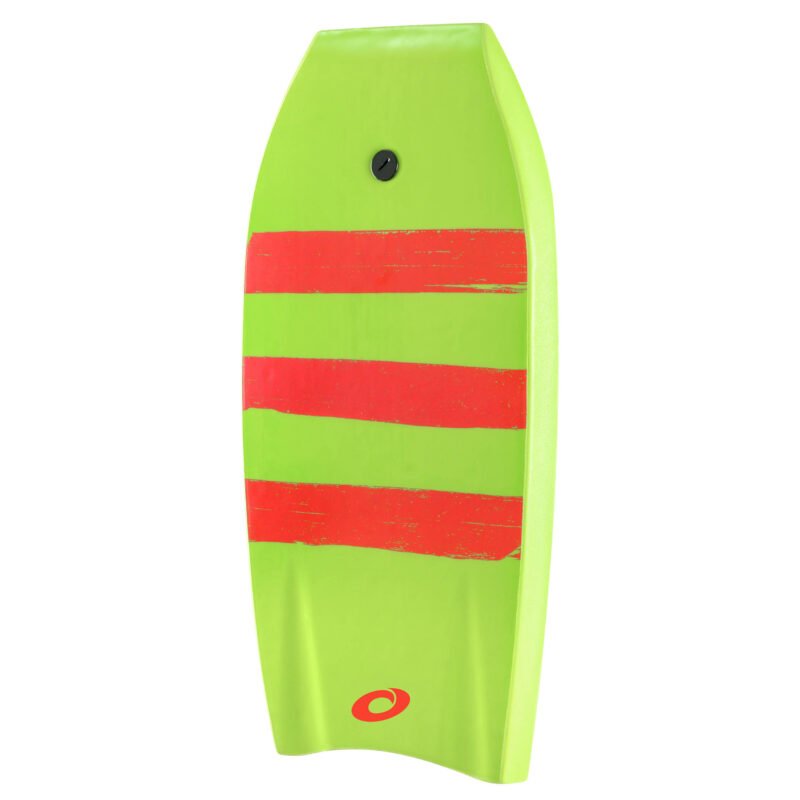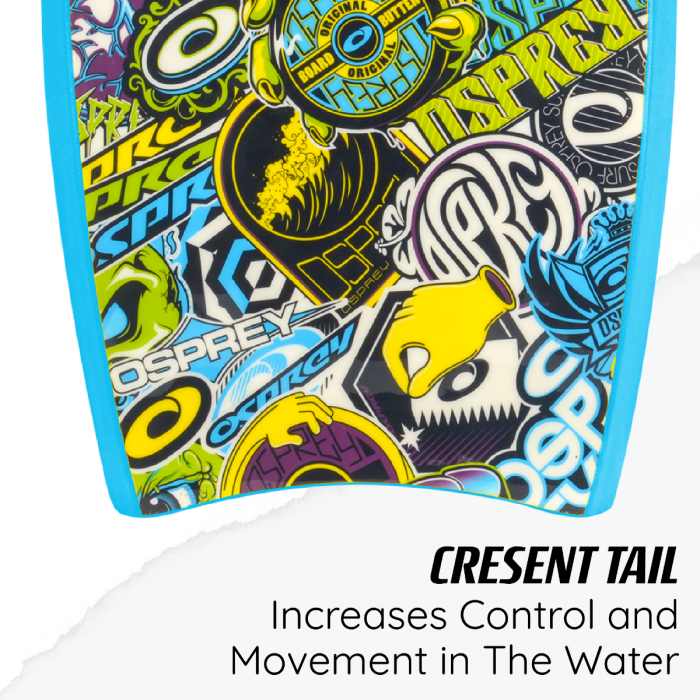The ultimate guide to bodyboards: everything you need to know
The Basics of Bodyboards:
Bodyboards are designed with specific features to optimise performance in the water. The main components of a bodyboard are the core (core), the slick (bottom), and the deck (top).
Core
- EPS (Expanded Polystyrene): Lightweight and offers excellent buoyancy. Ideal for beginners and intermediates.
- PE (Polyethylene): Flexible and provides instant feedback, suitable for colder waters and advanced riders.
- PP (Polypropylene): Lightweight and strong, offers the best performance for advanced riders.
Tails
There are different types of tails, each with unique characteristics to suit different styles and levels of surfing.

Bat Tail Bodyboard
- Offer more buoyancy at the back of the board, which is especially useful for heavier riders or for use in weaker waves.
Choosing the Right Size Bodyboard
Choosing the right size bodyboard is crucial for a good surfing experience. Here are some methods to determine the right size:
- Method 1: Choose a bodyboard as high as your navel when standing upright.
- Method 2:When you hold the bodyboard in front of you, it should reach from your knees to your chin.
Bodyboards for Beginners and Children
For beginners and children, it is important to choose a bodyboard that will help them learn the basics of bodyboarding and have fun in the water. Here are some recommendations:
- Osprey Sticker Bodyboard 33″: Suitable for children between 115-145 cm and 20-35 kg.
- Osprey Bodyboard Velocity 37″: Ideal for young riders between 123-153 cm and 35-50 kg.
Bodyboards for Intermediate and Advanced Riders
Advanced riders benefit from bodyboards that enable advanced manoeuvres and offer higher speeds.
- Osprey Bodyboard Shatter 40″: Suitable for teenagers and adults between 157-167 cm and 42-72 kg.
- Osprey Bodyboard STX 44″: Ideal for teenagers and adults between 175-195 cm and 75-130 kg.

How to start bodyboarding
Bodyboarding is easy to learn and requires minimal equipment. Here are some tips for getting started:
- Choose the right board.
- Use a leash. (Supplied with us as standard)
- Practice paddling and catching waves.
- Use swimming flippers.
- Bodyboard Bag
Bodyboarding in Practice: Tips and Techniques:
Now that you know the basics about bodyboards, it's time to get started. Here are some practical tips and techniques to improve your bodyboarding skills:
- Paddling: Use powerful, slow strokes.
- Positioning on the board: Place your body in the middle of the board.
- Rising on the wave: Wait until the wave is close, jump up and provide balance.
- Manoeuvring on the wave: Use your arms and shoulders for direction.
- Landing and disembarkation: Bend your knees and spread your arms for balance.
Care and maintenance of your bodyboard
To keep your bodyboard in optimal condition, regular maintenance and care is important. Here are some tips:
- Protect from sunlight.
- Rinse with fresh water.
- Keep the board flat.
- Quickly repair minor damage.
Bodyboarding as a Lifestyle
For many people, bodyboarding is more than just a sport, it is a lifestyle. It combines adventure, nature experience and a sense of freedom.
Surf culture:
- Bodyboarders are part of a vibrant surf culture with its own traditions and social gatherings.
Healthy Lifestyle:
- Bodyboarding improves your cardiovascular fitness, muscle strength and flexibility.
Environmental awareness:
- Bodyboarders seek sustainable solutions and involvement in clean beaches initiatives.
Adventure and Travel:
- Bodyboarding takes you to beautiful locations around the world.






